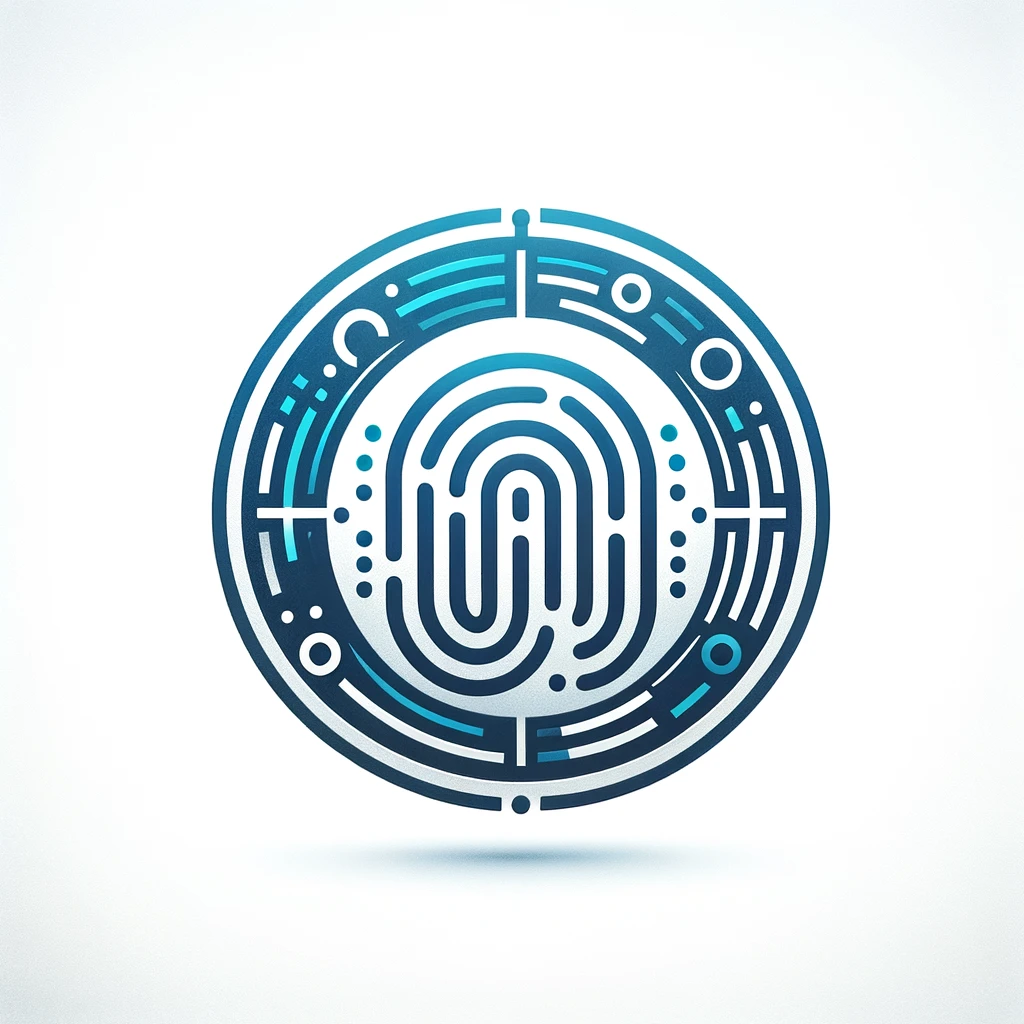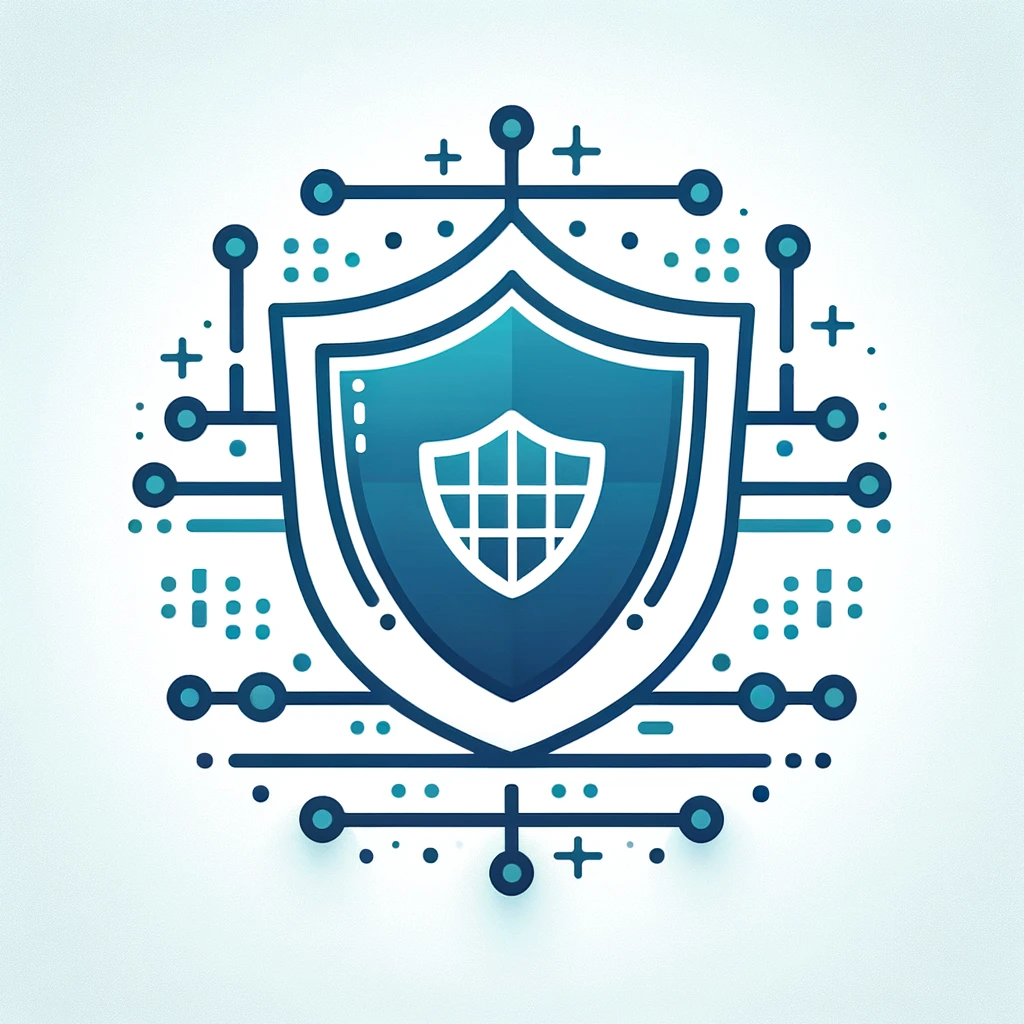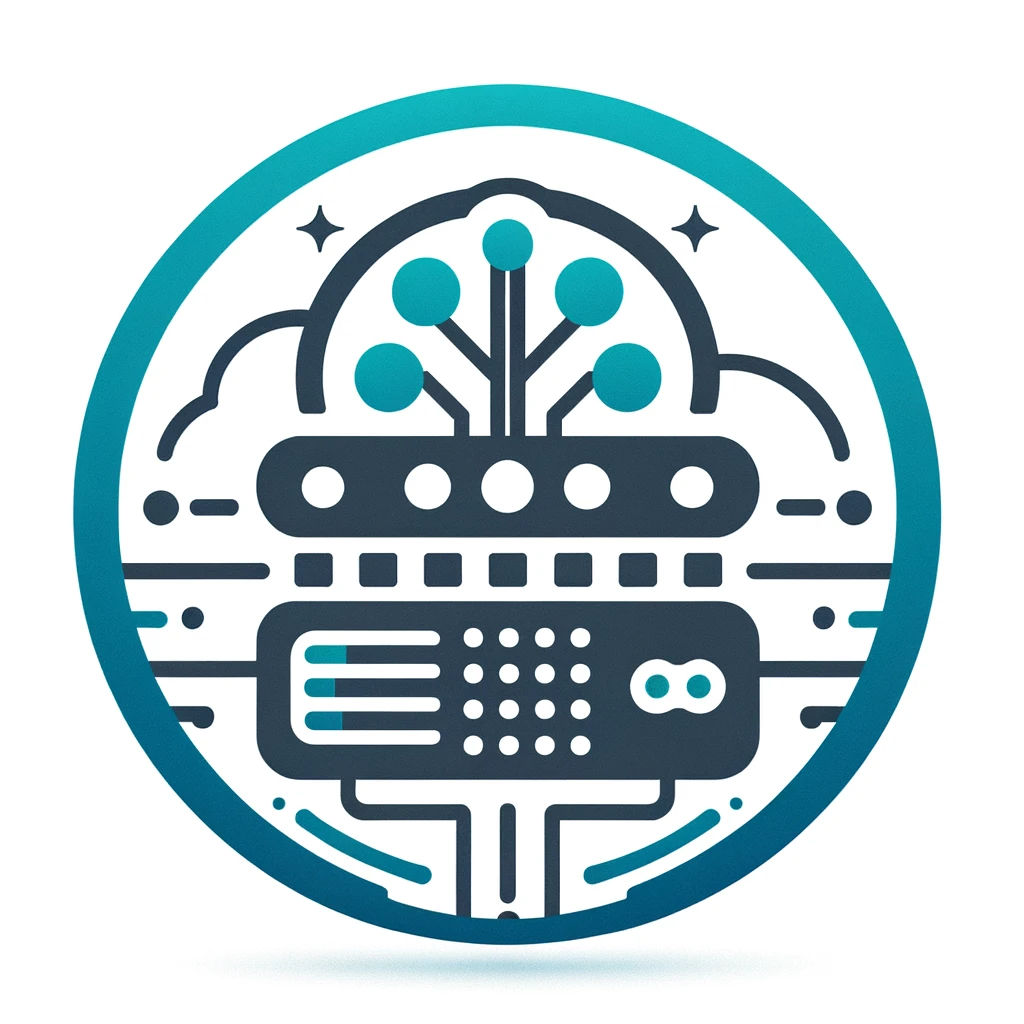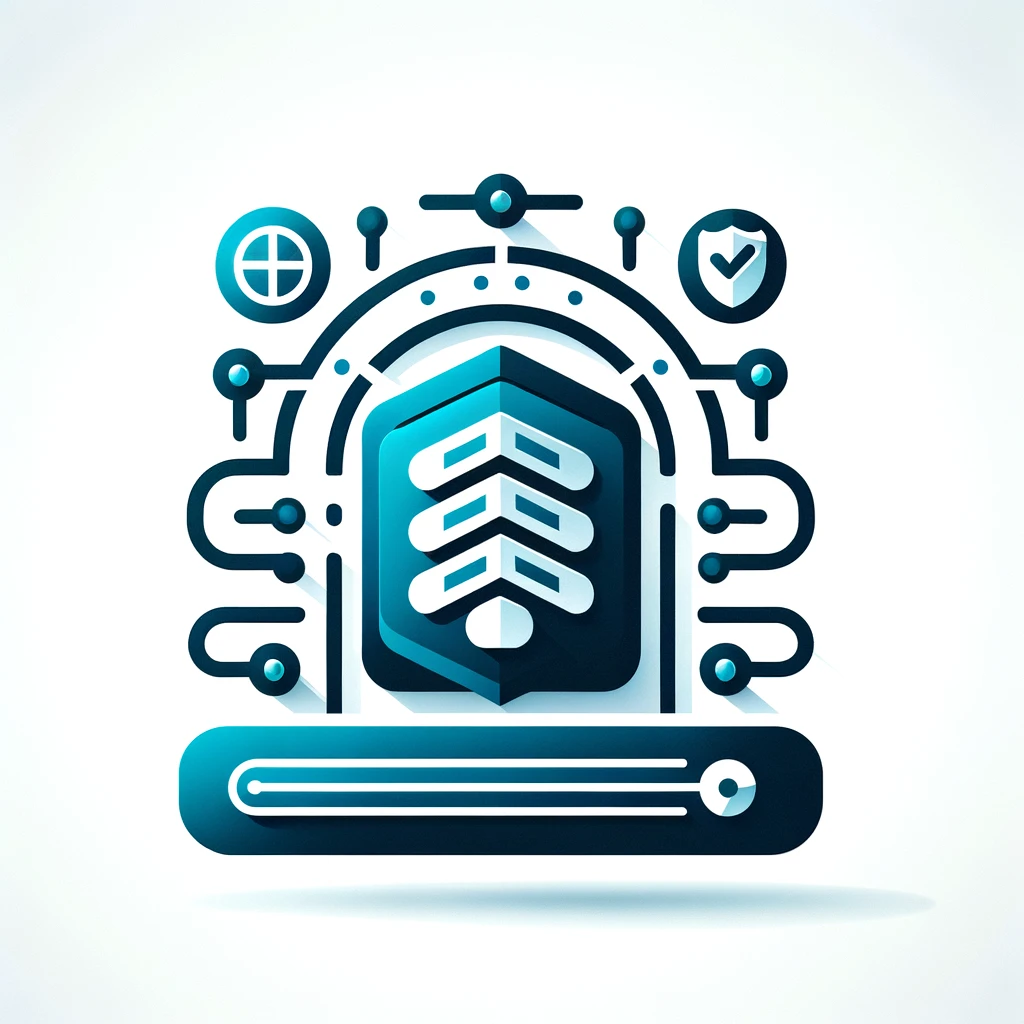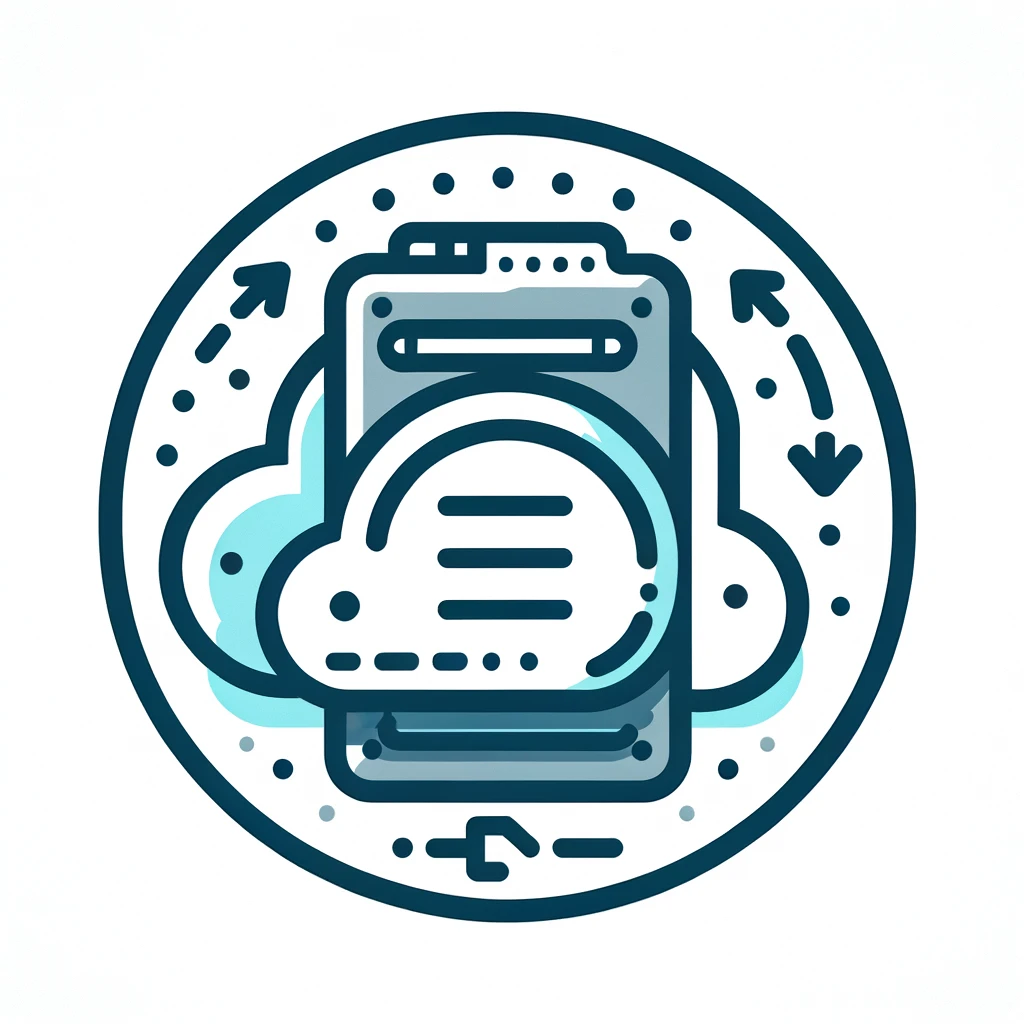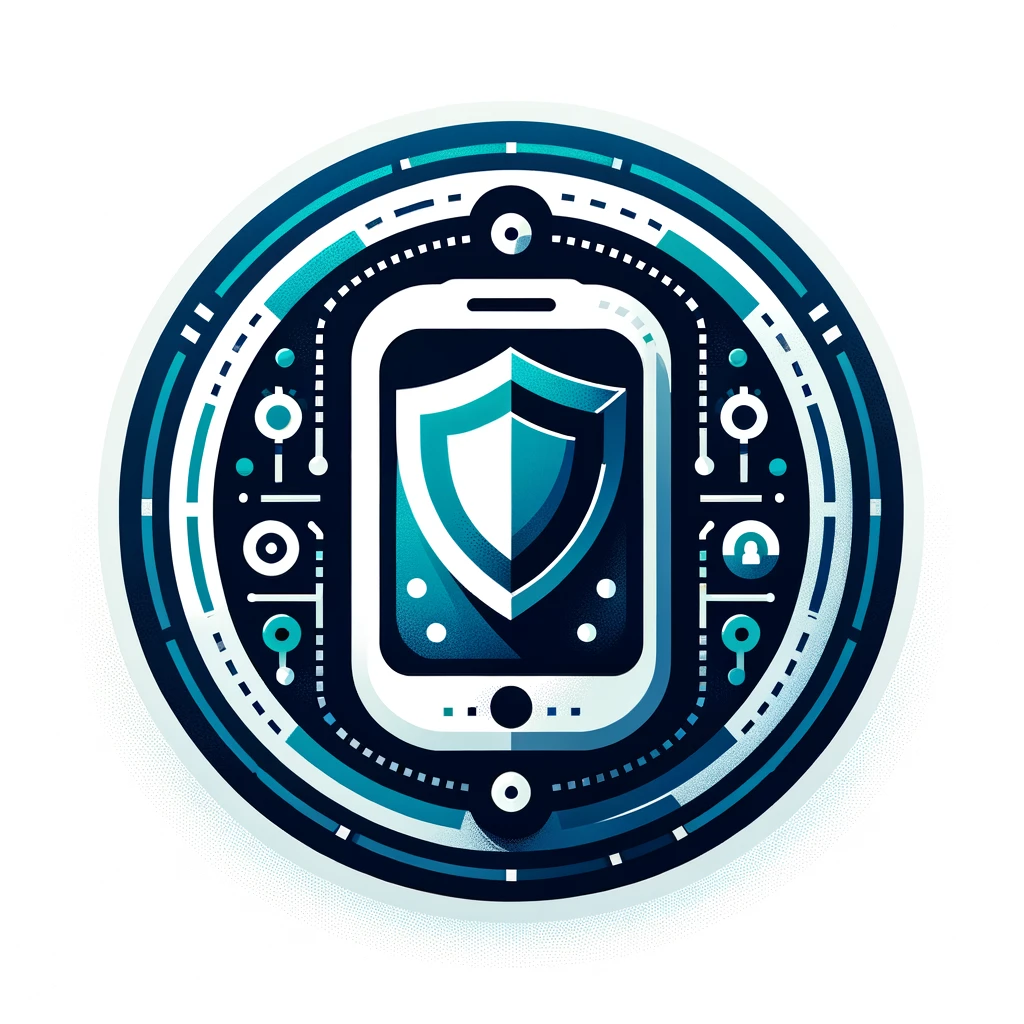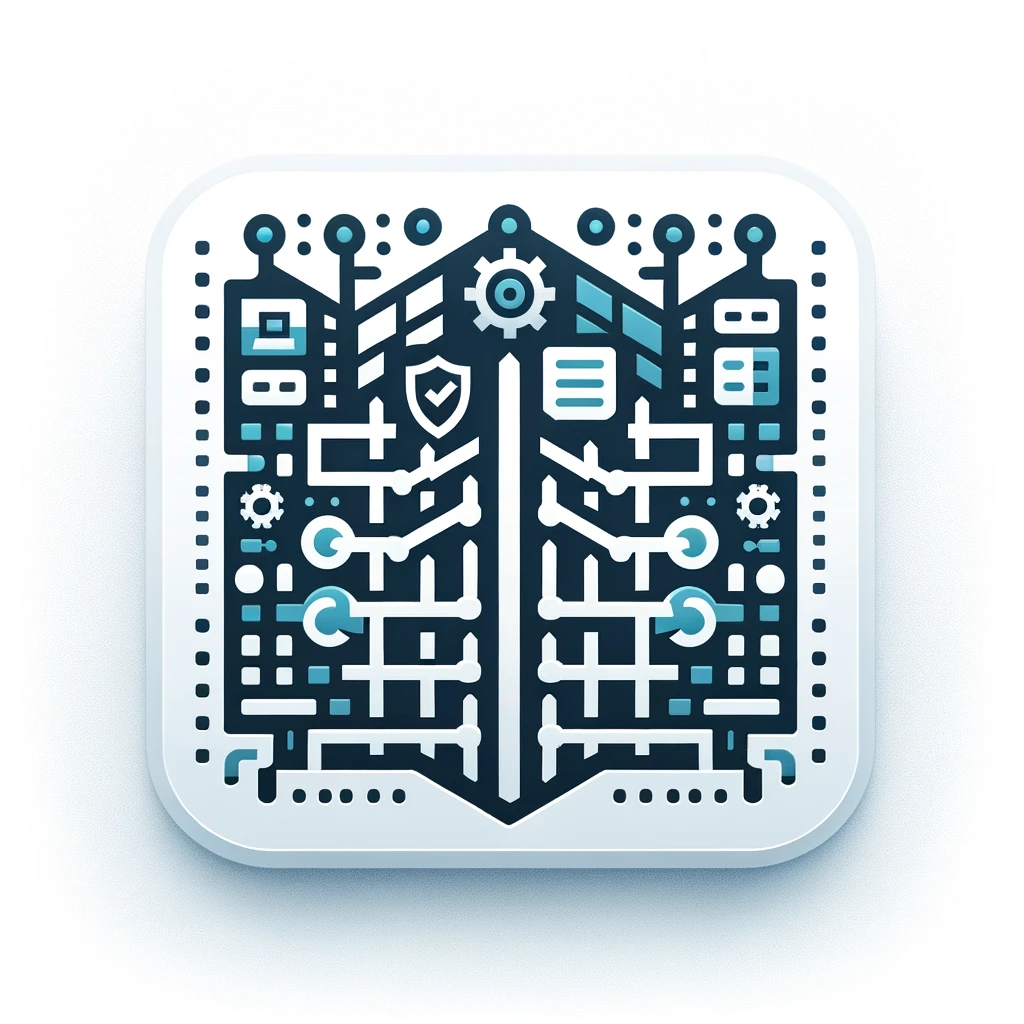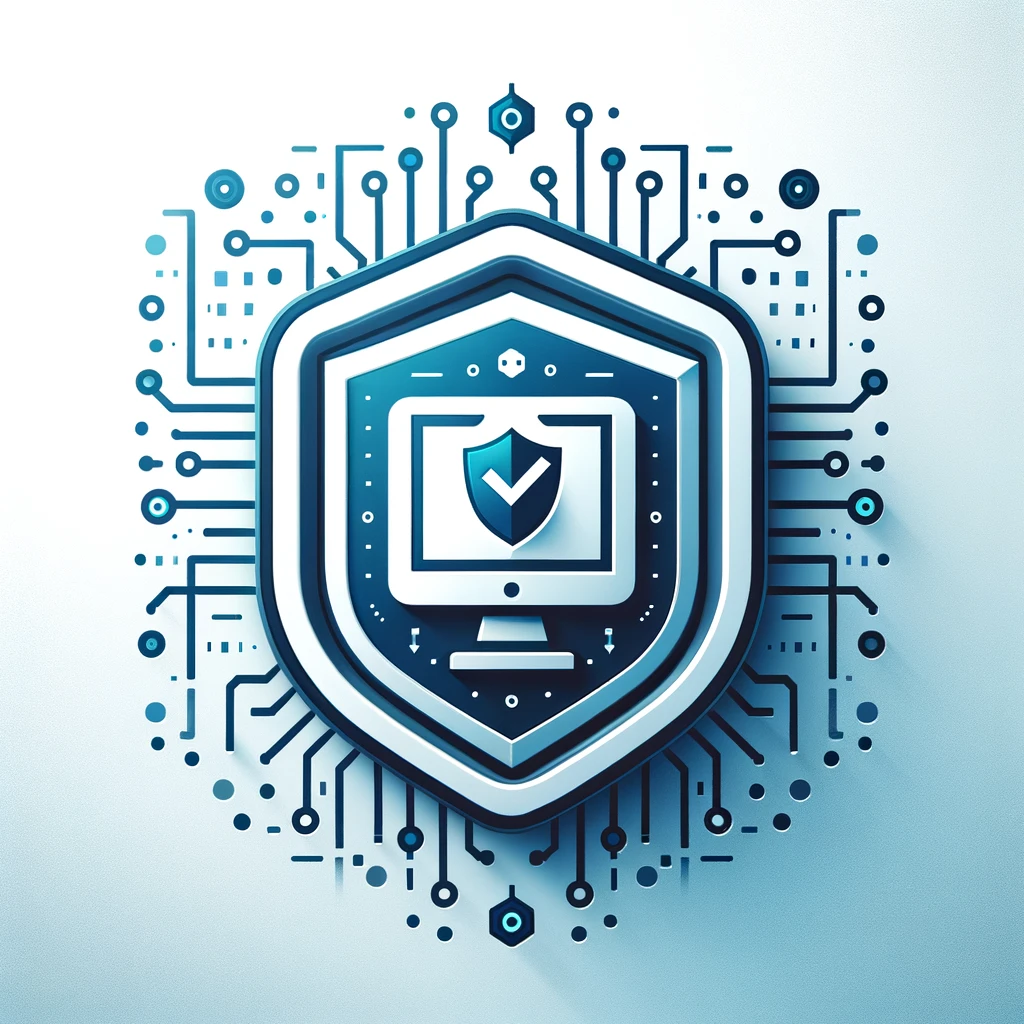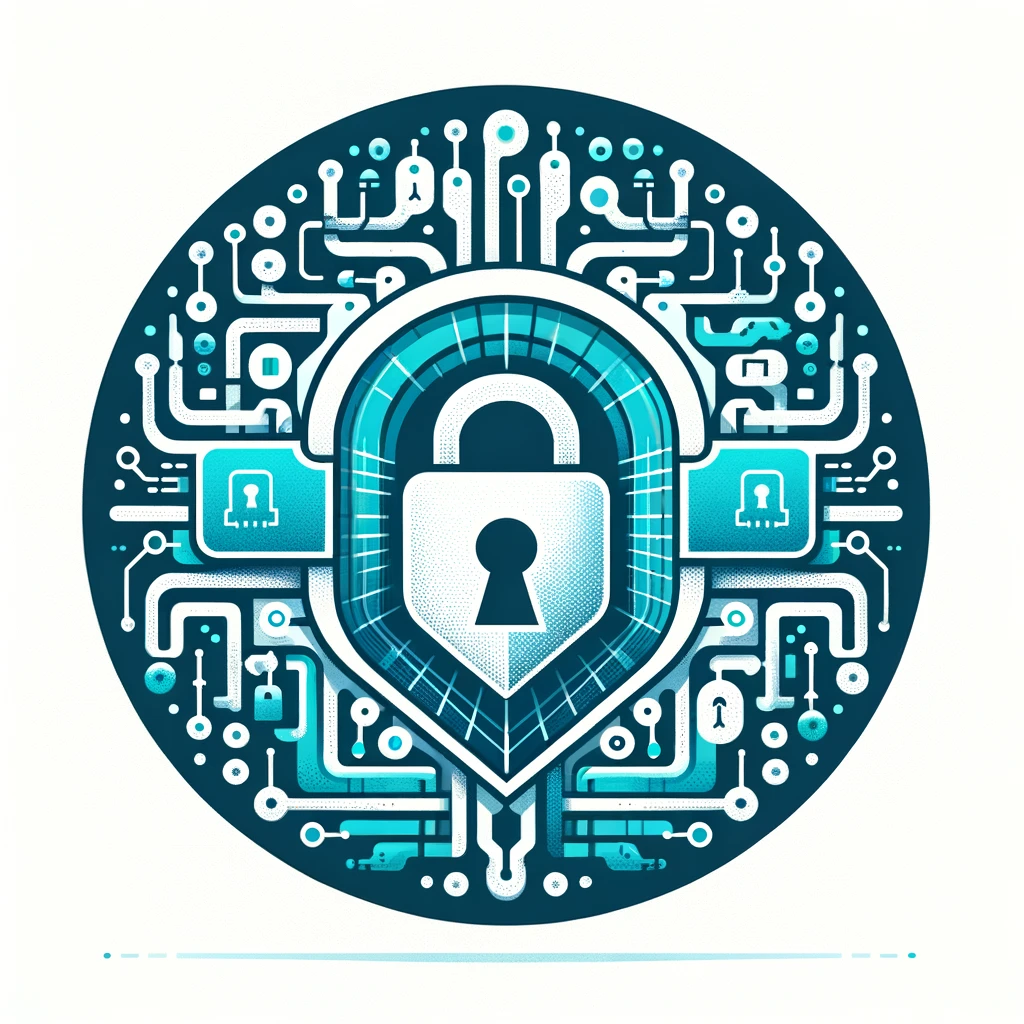DDoS Protection
DDoS protection can be used to protect against distributed denial-of-service (DDoS) attacks, in which a large number of infiltrated systems are mobilised to attack a single target. The target system is usually unable to cope with this onslaught and is therefore no longer accessible to its users; the flood of incoming messages forces a shutdown of the system and therefore also of the services provided to legitimate users via this system.
Application Delivery Controller (ADC)
The functions of an application delivery controller usually include load balancing, performance optimisation, failover, resource utilisation of a data centre and the security of enterprise applications. Application delivery controllers are usually placed strategically behind a firewall and in front of one or more application servers. This makes the device a central control point that takes care of the security of an application. The Application Delivery Controller also offers simple authentication, authorisation and booking.
Application Layer Gateway
Application layer gateways are placed between the secure and insecure network; a proxy server is set up on them for each service to be monitored, which, unlike packet filtering, can be used to monitor the content. In this way, active content such as ActiveX controls or Java applets can be filtered out of HTML pages or the e-mail can be scanned for viruses.
Backup & Recovery
Backup refers to the securing of files or databases so that they are preserved in the event of device failure or other disasters. Backups are usually a routine task in the operation of large organisations with mainframes or for administrators of smaller business computers. Backups are also necessary for users of personal computers, but are often neglected. The retrieval of backed up files from a backup is called recovery.
Cloud Access Security Broker (CASB)
Cloud apps should be accessible as flexibly and easily as possible, preferably from any location with internet access and from any end device. However, it is precisely this simplicity of cloud access that often makes it easy for unauthorised third parties to access cloud data and misuse cloud apps. Among other things, cloud access security brokers ensure that network traffic between on-site devices and the cloud provider only takes place in accordance with the organisation’s predefined rules. They are also so useful because they provide insight into the use of cloud applications across multiple cloud platforms and can therefore recognise unwanted use.
Data Loss Prevention (DLP)
“Data loss prevention” and “data leakage prevention” are usually used synonymously, but some specialists also differentiate between them in technical discussions: “Data loss prevention” is protection against the unwanted outflow of data that causes damage and is also noticed, while “data leakage prevention” stands for protection against the suspected, but not measurable and sometimes not even detectable in individual cases, forwarding of information to unwanted recipients.
Network & System Management
We define network and system management solutions as products that can be used to centrally administer and monitor a wide range of systems used in the company. The overarching goal of network and system management is to ensure that networks and systems function optimally and efficiently in order to fulfil a company’s business requirements and at the same time guarantee a secure environment for sensitive data and information.
Mobile Device Security (MDM, MAM)
Mobile Device Security summarises a wide range of solutions for securing mobile devices in companies and is becoming increasingly important due to trends such as BYOD. While Mobile Device Management (MDM) focuses on the activation of mobile devices, the roll-out and controlled provision of smartphones and tablets in the company and the implementation of guidelines, Mobile Application Management (MAM) deals with the provision, licensing, configuration, Application Lifecycle Management (ALM) and usage tracking of mobile applications.
Firewall (inkl. UTM & NG)
Modern firewall systems now offer a much broader range of integrated features in addition to the conventional functions of a firewall; UTM firewalls provide everything a security expert needs: Firewall, anti-virus, filter functions for web content and e-mails, application control and network functions (e.g. routing and load balancing) in just one appliance.
Endpoint Security-Firewall
Modern firewall systems now offer a much broader range of integrated features in addition to the conventional functions of a firewall; firewalls provide everything a security expert needs: Firewall, anti-virus, filter functions for web content and e-mails, application control and network functions (e.g. routing and load balancing) in just one appliance.
Network IPS
Intrusion prevention systems (IPS for short) are intrusion detection systems (IDS for short) that go beyond the mere generation of events to provide functions that can ward off a detected attack. Network IPS includes all solutions that can provide centralised protection for the company network.
Single Sign On (SSO)
Single sign-on (SSO) is an authentication process for a user’s session. It allows a user to enter a name and password to gain access to multiple applications. The process authenticates the user for all applications to which they have been granted access. There are no further prompts for identification. This allows the user to conveniently switch back and forth between applications in one session.
VPN / SSL / ZTNA
A conventional VPN is a virtual, self-contained communication network that uses an existing communication network as a transport medium. It is used to connect participants in the existing communication network with another network. In addition to traditional networking via VPN gateways, SSL VPN is also increasingly being used to connect individual end devices.


